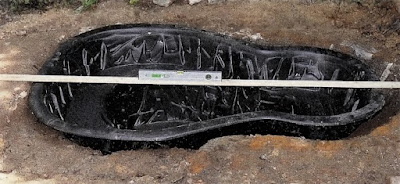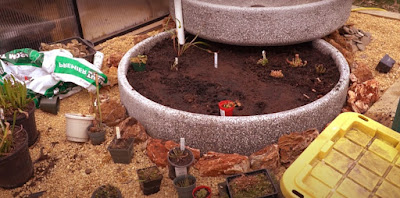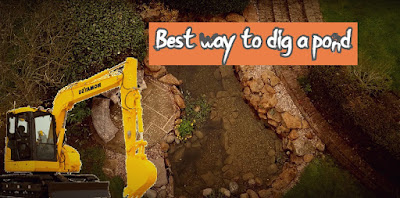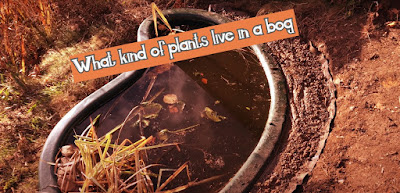How to build a concrete pond step by step. What type of concrete is used for ponds?
Concrete ponds
Are ponds still made from concrete?
Although they are not as popular as they once were, ponds are still made from concrete, especially formal ponds, whose regular lines are particularly appropriate for this material.In the past the choice was between puddled clay and concrete (or a brick or block pond lined with cement or concrete), and most ornamental ponds involved the use of concrete. Now there are rubber and plastic liners that are not only more efficient than concrete in that they do not crack but are also cheaper and easier to install. Nevertheless, there are some situations, formal ponds in particular, where concrete is the preferred material, because it creates a pond with clean, elegant lines and an air of timelessness. The one drawback of modern materials is that nearly all look ugly if they are exposed above the water line, and this is not usually a probiem with concrete. In addition, a well constructed concrete pond should outlast any other material, as long as the ground around it does not move, which can cause cracks.
How thick will the concrete have to be and how much extra should I allow for when l mark out the hole?
The concrete that lines a pond should be at least 10cm (4in) thick. If the pond is on soft soil there should also be a layer of rammed hardcore, blinded with a layer of sand, under the base of the pond and any ledges. This layer should be at least 15cm (6in) thick. On top of this will be the 10cm (4in) layer of concrete. The hole will, therefore, have to be 25cm (1 Oin) deeper and 10cm (4in) wider all round than the finished pond to allow for the hardcore, sand and concrete.How can I get an even layer of concrete around the whole pond?
An even depth of concrete is achieved by lining the hole with wooden shuttering. The concrete is poured between these and the surrounding soil. As concrete is mainly used for ponds with regular outlines, the shuttering is generally straightforward. First, the hole is lined with polythene to stop soil falling into the hole and mixing with the concrete. The concrete is poured into the base of the pond and allowed to set. Next, plywood shuttering is built inside the vertical faces 10cm (4in) from the edge of the hole. The shuttering is sprayed with water so that the concrete does not stick, and is held firmly in place by wooden crosspieces placed across the pond. These must be absolutely rigid so that the wood does not move. Pour concrete between the shuttering and the polythene and ram it down so there are no air holes.Wait until it has set and then remove the shuttering. When the concrete is completely set apply a coat of a water proofing sealant.
How do l build ledges in a concrete pond?
The ledges are built in several stages. The base and the lowest section of the side walls are prepared as above, with the shuttering positioned so that the base of the side walls allows for the width of the ledge and the wall. The ledges are laid in the same manner as the bottom. Once these have set, another wall is built above them with new shuttering.Should the concrete be reinforced?
If the pond is large or being built on soft ground it is advisable to include reinforcing mesh with the concrete for added strength. Lay half the thickness of the concrete in the base. Place a sheet of reinforced mesh on it and lay the rest of the concrete. The mesh should turn up at the sides so it can be tied to the vertical mesh. Tie in the mesh in the middle of the walls before pouring in the concrete.For most ponds it will be necessary to reinforce only the corners and the ledges where the pressure will be greatest. Place L-shaped steel rods around the edge of the base concrete so that they stick up into the walls. If there are ledges, place the rods at the junction between the walls and the ledges.
Concrete mix
Make your own concrete from the following:1 part cement, 5 parts aggregate, or 1 part cement, 2 parts sharp sand, 3 parts gravel or small stones.
How do l mix the concrete?
If you are building a large pond it will probably be worth buying ready mixed concrete. The only drawback is that you must be ready to make the pond when the concrete is delivered because the driver will not wait for you.Mixing your own allows you to work at your own pace. Mixing by hand is hard work, so think about hiring a cement mixer. You will need a mix of 1 part cement to 5 parts aggregate. Alternatively, if you want to mix your own aggregate, you will need 1 part cement, 2 parts sharp sand and 3 parts gravel. A waterproofing agent can be added to help the pond retain water. Add enough water to make a workable mixture but do not make it runny.











Comments
Post a Comment